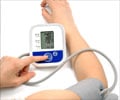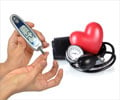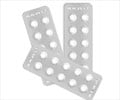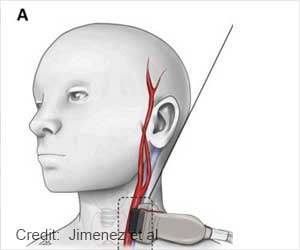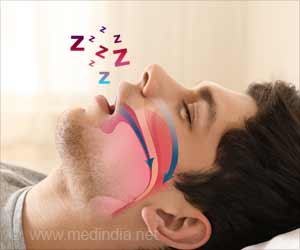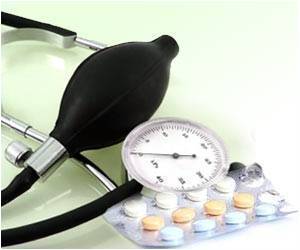New guideline for the management of high blood pressure (hypertension) developed by an expert panel was published online by JAMA.
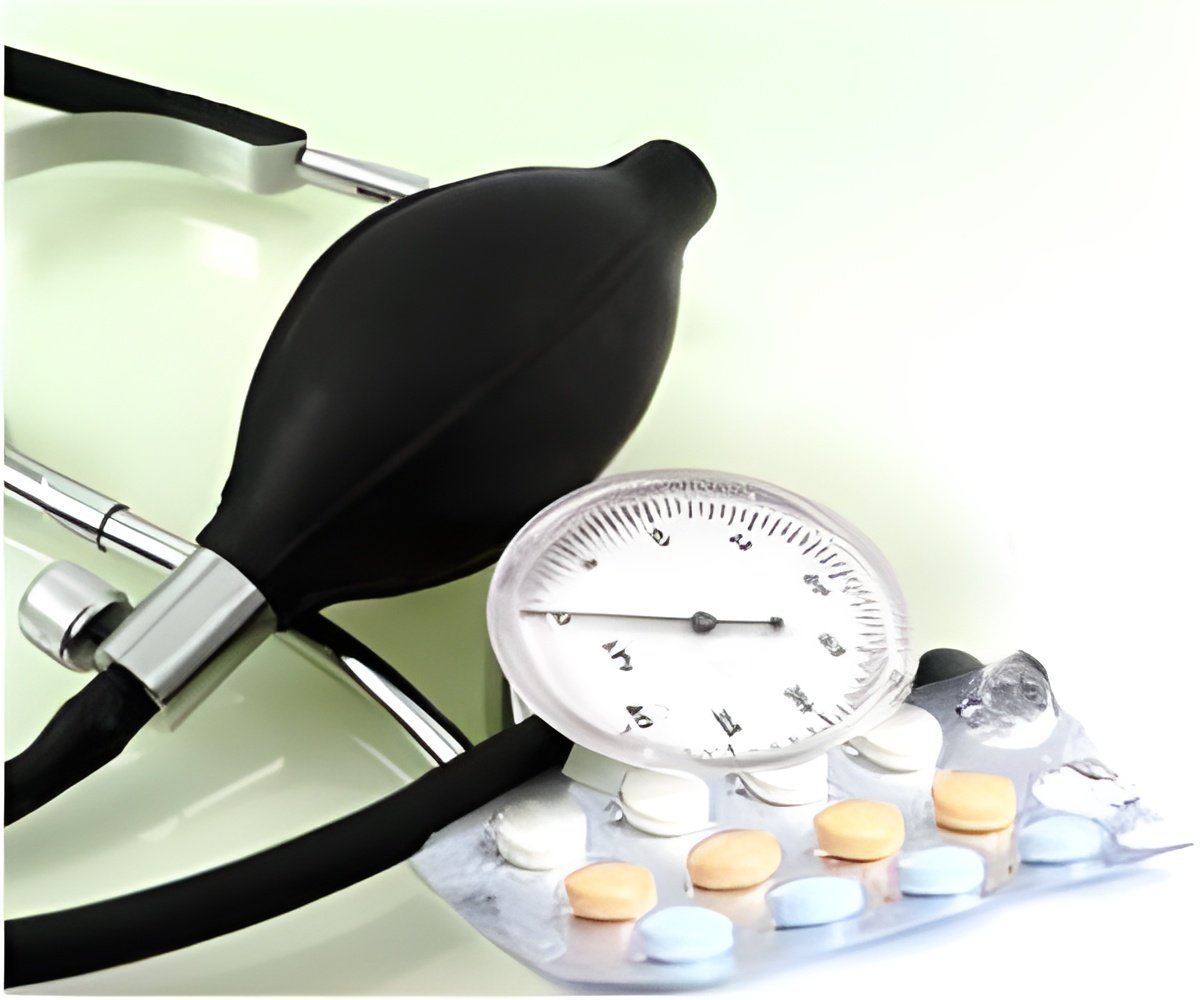
The report, the "2014 Evidence-Based Guideline for the Management of High Blood Pressure in Adults," is from panel members appointed to the Eighth Joint National Committee.
The guideline addresses three questions related to high BP management:
- At what BP should medication be started in patients with hypertension?
- What BP goal should patients achieve to know they are enjoying proven health benefits from their medication?
- What are the best choices for medications to begin treatment for high blood pressure? Advertisement
"There is moderate evidence to support initiating drug treatment with an angiotensin-converting enzyme inhibitor, angiotensin receptor blocker, calcium channel blocker, or thiazide-type diuretic in the nonblack hypertensive population, including those with diabetes. In the black hypertensive population, including those with diabetes, a calcium channel blocker or thiazide-type diuretic is recommended as initial therapy. There is moderate evidence to support initial or add-on antihypertensive therapy with an angiotensin-converting enzyme inhibitor or angiotensin receptor blocker in persons with CKD to improve kidney outcomes."
Advertisement
Also, rather than defining hypertension, the panel addressed threshold blood pressure for starting treatment. The report recommends beginning treatment for people aged 60 and older at a blood pressure of 150/90, and treating to below that level based on trial evidence, but the authors emphasize that "this evidence-based guideline has not redefined high BP and the panel believes that the 140/90 mm Hg definition from Joint National Committee 7 remains reasonable." Lifestyle interventions should be used for everyone with blood pressures in this range.
They add that with each strategy, clinicians should regularly assess BP, encourage evidence-based lifestyle and adherence interventions, and adjust treatment until goal BP is attained and maintained. "For all persons with hypertension, the potential benefits of a healthy diet, weight control, and regular exercise cannot be overemphasized. These lifestyle treatments have the potential to improve BP control and even reduce medication needs."
"The recommendations from this evidence-based guideline from panel members appointed to the Eighth Joint National Committee (JNC 8) offer clinicians an analysis of what is known and not known about BP treatment thresholds, goals, and drug treatment strategies to achieve those goals based on evidence from RCTs. However, these recommendations are not a substitute for clinical judgment, and decisions about care must carefully consider and incorporate the clinical characteristics and circumstances of each individual patient. We hope that the algorithm will facilitate implementation and be useful to busy clinicians. The strong evidence base of this report should inform quality measures for the treatment of patients with hypertension," the authors conclude.(doi:10.l001/jama.2013.284427; Available pre-embargo to the media at http://media.jamanetwork.com
Source-Eurekalert


